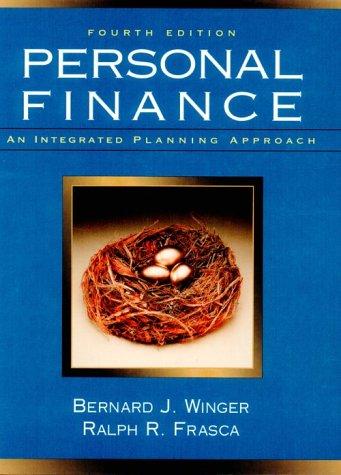Question
A company is considering two mutually exclusive expansion plans. Plan A requires a $40 million expenditure on a large-scale integrated plant that would provide expected
A company is considering two mutually exclusive expansion plans. Plan A requires a $40 million expenditure on a large-scale integrated plant that would provide expected cash flows of $6.39 million per year for 20 years. Plan B requires a $15 million expenditure to build a somewhat less efficient, more labor-intensive plant with an expected cash flow of $3.36 million per year for 20 years. The firm's WACC is 10%.
-
Calculate each project's NPV. Round your answers to two decimal places. Do not round your intermediate calculations. Enter your answers in millions. For example, an answer of $10,550,000 should be entered as 10.55.
Plan A: $ _____________ 2 million
Plan B: $ __________ 3 million
Calculate each project's IRR. Round your answer to two decimal places.
-
Plan A: _______________4%
Plan B: ____________ 5%
By graphing the NPV profiles for Plan A and Plan B, approximate the crossover rate to the nearest percent.
__________%
Calculate the crossover rate where the two projects' NPVs are equal. Round your answer to two decimal places.
______%
Why is NPV better than IRR for making capital budgeting decisions that add to shareholder value?
Step by Step Solution
There are 3 Steps involved in it
Step: 1

Get Instant Access to Expert-Tailored Solutions
See step-by-step solutions with expert insights and AI powered tools for academic success
Step: 2

Step: 3

Ace Your Homework with AI
Get the answers you need in no time with our AI-driven, step-by-step assistance
Get Started


